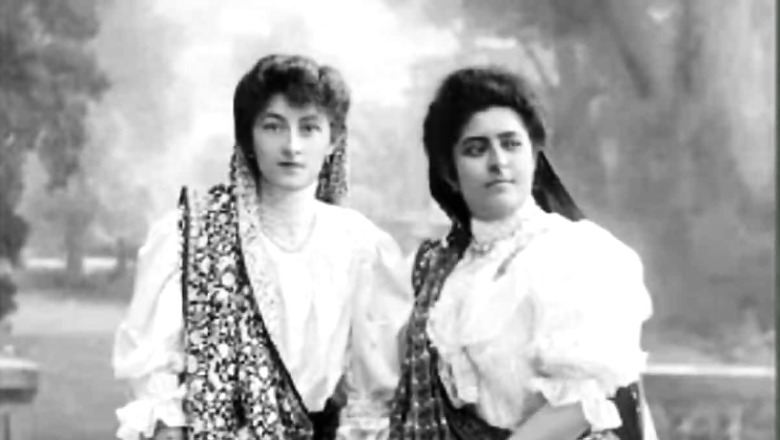
views
In a remarkable tale of love and defiance, Ratanji Dadabhai Tata, the nephew of Tata Group founder Jamsetji Tata and father of the iconic JRD Tata, made headlines over a century ago when he married a French woman, challenging the conventions of his Parsi community. The story unfolds in the early 1900s, a time when societal norms were rigid and interfaith marriages were met with resistance. Ratanji, who had previously been married to a Parsi woman who passed away without bearing children, found himself drawn to a young woman named Susoni while studying French in Paris. At 42, Ratanji was handsome, ambitious, and eager to expand his business ventures in pearls and silk.
His journey began with a visit to Paris, where he sought to learn the language from Madame Brier, a local teacher. It was here that he met her daughter, Susoni – a striking 20-year-old with golden hair. Their initial meetings quickly blossomed into a deep mutual affection. However, Ratanji was acutely aware of the potential backlash from his community.
The Parsi tradition, which strongly discouraged marriages outside the faith, loomed large over his burgeoning romance. When he confided in his uncle Jamsetji about his feelings, Ratanji expected disapproval. To his surprise, Jamsetji supported him, a stance that was both progressive and courageous for the time.
Despite familial backing, the couple faced fierce opposition within the Parsi community in Mumbai. Their 22-year age difference and Susoni’s Christian faith fuelled a wave of criticism, with many viewing their union as scandalous. Yet, Ratanji was undeterred; his love for Susoni only grew stronger.
The couple’s wedding took place in Paris in 1902, celebrated with great fanfare and attended by Jamsetji himself. This groundbreaking marriage not only redefined personal relationships within the Tata family but also had a lasting impact on the Tata Group, as Ratanji played a significant role in its development.
Following their wedding ceremony, Ratanji and Susoni travelled to Britain, where Ratanji hosted a grand reception for the Parsi community, marking the marriage as a notable event of its time. In London, Susoni maintained close contact with her family through letters, expressing her happiness in her new life. In one correspondence, she conveyed her sense of safety and contentment with Ratanji, noting, “He is a religious person.” They initially wed in a church but planned to reaffirm their vows according to Parsi customs.
Eventually, the Parsi high priest granted approval for this ceremonial marriage in London, which was held at the residence of a family friend, Sethna. The ceremony was attended by 60 guests and adhered strictly to Parsi traditions. Susoni donned an izar and a white Kashmiri shawl, and upon their marriage, she embraced the Parsi faith, adopting the name Sooni.
Sooni’s marriage to Ratanji proved fruitful; they were married for 21 years and had five children: Silla, Jamshed (JRD), Rodabeh, Darab, and Jimmy. JRD Tata would go on to become a prominent figure in the Tata Group, significantly expanding the family’s industrial empire. Notably, Sooni became the first woman to drive a car in India in 1905, showcasing her adventurous spirit alongside her passions for poetry and music.
Their family connections extended beyond the Tata legacy; Sooni’s daughter, Silla, married Sir Dinshaw Maneckji Petit, who was related to Muhammad Ali Jinnah’s wife, Ratanbai Petit. During World War I, Sooni volunteered in a Paris hospital to care for wounded soldiers, demonstrating her commitment to service. Unfortunately, her dedication came at a cost, as she contracted tuberculosis while tending to the injured during the Battle of the Marne.
Ratanji and Sooni’s marriage not only broke cultural barriers but also set a precedent for future generations, illustrating the transformative power of love in the face of societal expectations.
Declining Health in London
During her time in London, Sooni’s health began to deteriorate. Meanwhile, Ratanji Tata was focused on his efforts to establish Tata Steel in India. Every day, he anxiously wondered if he would make it to London in time to see her.
Tragic Loss at Age 43
Tragically, just as Ratanji boarded a ship bound for Paris, he received a telegram notifying him of Sooni’s passing. Heartbroken, he made his way to France and brought their children back to India. Sooni passed away in 1923, leaving a profound impact on her family. After her death, JRD Tata went on to study in France. All of Ratanji’s children held French citizenship, as most were born there, and JRD retained it for many years before eventually renouncing it.
JRD Tata’s Memories of His Mother
Reflecting on his mother in a later interview, JRD described her as “independent and forward-thinking.” He recounted, “She decided that if my father wanted her to become a Parsi, she would do so. This decision caused a significant uproar in India, leading to a lengthy legal battle over whether a non-born Parsi could officially convert. Ultimately, my father won the case.”
Suzanne, as Sooni was known, was a progressive woman whose views were ahead of her time. Upon arriving in Navsari after their marriage, she integrated well into the local community, embracing Parsi customs. She spoke Gujarati and English, although not fluently. Her adaptability and spirit left a lasting legacy within her family and community.














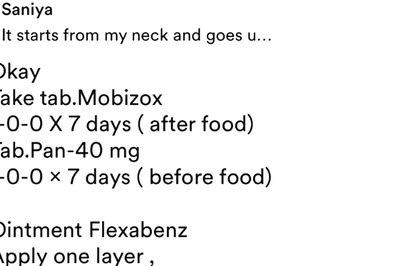
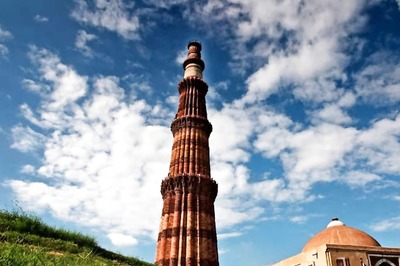


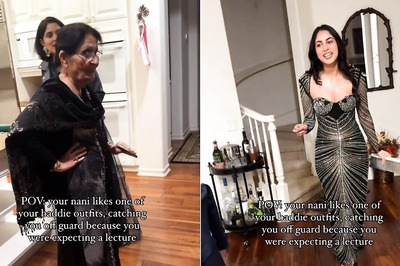
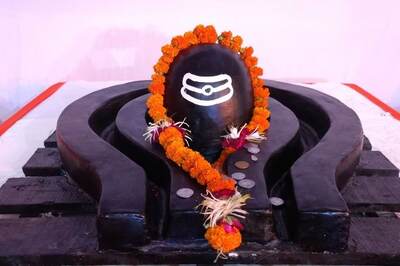
Comments
0 comment